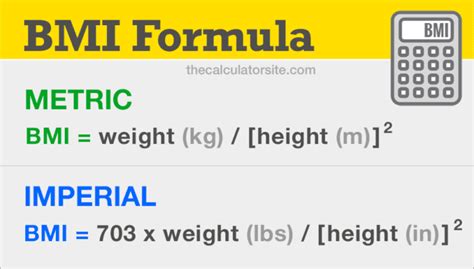How to Measure BMI: A Simple Guide to Understanding Your Body Mass Index
Knowing your Body Mass Index (BMI) is a quick way to assess whether you're in a healthy weight range. While BMI isn't a perfect measure of health, it provides a useful benchmark, especially when considered alongside other health factors. This guide will walk you through how to calculate your BMI accurately and interpret the results.
Understanding BMI
BMI is a calculation based on your weight and height. It's expressed as weight in kilograms divided by the square of height in meters. This formula provides a number that categorizes your weight status into underweight, normal weight, overweight, or obese. Remember: BMI is just one tool; it doesn't account for muscle mass, bone density, or body fat distribution. Consult your doctor for a personalized assessment.
How to Calculate Your BMI
You can calculate your BMI using one of two methods:
Method 1: Using a BMI Calculator
The easiest method is using an online BMI calculator. Many free calculators are readily available through a quick online search. Simply input your weight and height, and the calculator will provide your BMI. Tip: Look for reputable websites or health apps for accurate calculations.
Method 2: Manual Calculation
If you prefer a manual calculation, here's the formula:
BMI = weight (kg) / [height (m)]²
Let's break it down:
-
Weight: Weigh yourself using a reliable scale. Convert your weight to kilograms (kg) if necessary. (1 kilogram ≈ 2.2 pounds)
-
Height: Measure your height in centimeters (cm). Convert your height to meters (m) by dividing by 100.
-
Calculation: Once you have your weight in kilograms and height in meters, plug the values into the formula above. Square your height (multiply it by itself) before dividing your weight by the squared height.
Example:
Let's say your weight is 70 kg and your height is 175 cm (1.75 m).
BMI = 70 kg / (1.75 m)² = 70 kg / 3.0625 m² ≈ 22.86
Interpreting Your BMI
Once you've calculated your BMI, you can use the following categories to understand your weight status:
- Underweight: Below 18.5
- Normal weight: 18.5–24.9
- Overweight: 25.0–29.9
- Obesity: 30.0 and Above
Important Note: These categories are general guidelines. Consult a doctor or registered dietitian to discuss your specific BMI and its implications for your health. They can help you develop a personalized plan to achieve and maintain a healthy weight.
Beyond BMI: A Holistic Approach to Health
While BMI is a useful tool, it’s crucial to remember it's not the sole indicator of health. Factors such as:
- Body Fat Percentage: A more accurate measure of health, as it assesses the proportion of fat mass to lean mass.
- Waist Circumference: Measures abdominal fat, which is linked to various health risks.
- Physical Activity Level: Regular exercise significantly contributes to overall health, regardless of BMI.
- Diet: A balanced diet plays a crucial role in maintaining a healthy weight and overall well-being.
Consider these factors alongside your BMI for a more complete picture of your health. Remember to consult with healthcare professionals for personalized advice.
This comprehensive guide provides a clear understanding of how to measure BMI and its implications. Remember that maintaining a healthy lifestyle is key to overall well-being.
